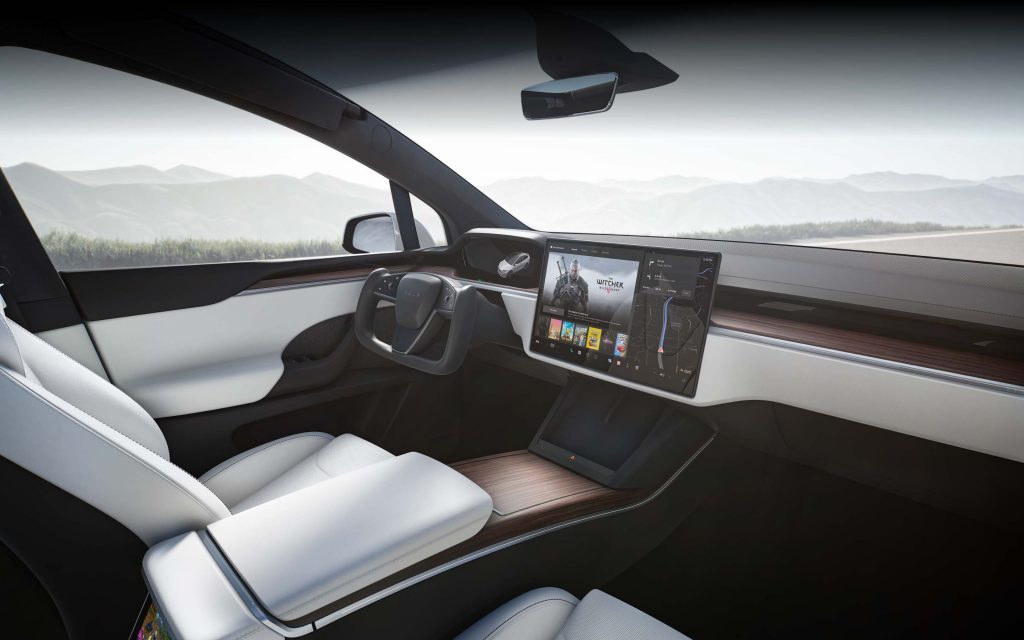Why Tesla’s Full Self-Driving Mode May Soon Be Illegal
The full self-driving mode on Tesla cars has been increasingly met with criticism over increasing concerns related to safety.
This article is more than 2 years old

Tesla has been the brand on top of the EV market for quite some time. But with many controversies over the last year, these electric vehicles have fallen under mass skepticism. Now the National Highway Traffic Safety Administration is investigating the cars and their full self-driving autopilot function for potential hazards.
On Thursday, the federal government group stated that it would be upgrading its investigation into Tesla’s autopiloted driver-assistance feature. The newest investigation tactic will be an engineering analysis, which is more in-depth than the NHTSA’s previous inspection. This will be the final look-through to see if Tesla’s EVs should be recalled. The analysis will test the full self-driving autopilot function and determine whether drivers can look away from the road, as Tesla executives say. The review will also examine risky behavior while driving the autopiloted car to see how safe the function is.
Executive director of the Governors Highway Safety Association Jonathan Adkins has wanted a thorough inspection of Tesla vehicles since the first controversies started unfolding. Due to their hazardous past, the state agency was asked for “closer scrutiny” of the full self-driving autopilot function in Tesla EVs. Finally, the federal government will examine Tesla’s engineering to see if the construction was flawed.
Unfortunately for Tesla drivers, many have had crashes due to the full self-driving autopilot function over the past few years. The NHTSA recorded over 35 accidents involving the EV’s autopilot feature. Nine of those accidents were fatal, killing 14 people in the Tesla vehicles. With these startling numbers, one would assume that the cars would be recalled by now. But the NHTSA investigation is still ongoing, ready to conduct a more thorough analysis of the EV construction. Still, the government agency can’t conclude if there are any noticeable defects with the autopilot function installed in Tesla vehicles.
Over 800,000 Tesla vehicles manufactured in the country are under engineering investigation. This includes all four models of Tesla EVs available on the market: Models S, X, 3, and Y. The analysis will cover many aspects of the self-driving function, including braking, steering, and Full Self-Driving. Full Self-Driving is a more advanced autopilot function available in more recent Tesla vehicles. The capabilities of this feature far surpass regular autopilot, with auto-lane changing, traffic and stop sign identification, and auto park. The investigation will cover whether Full Self-Driving is as autonomous and safe as the Tesla CEO and executives proclaim.
So far, the NHTSA has discovered that the Full Self-Driving has remarkable capabilities but should not be advertised as entirely autonomous. Drivers need to be attentive will utilizing this Tesla function, which is indicated on the company’s website. Though the Full Self-Driving feature is only limited to a small number of customers, the ability for drivers to efficiently use the function, no matter what state they’re in, could be dangerous for other people on the road.
Part of NHTSA’s investigation may lead to forcing Tesla to require certain safety locks for autopilot. There aren’t any safeguards or safety measures in place to stop someone from using autopilot while in a compromised position. The government agency is closely inspecting the engineering, hopefully pushing Tesla to incorporate better prevention software to help drivers use autopilot cautiously.





